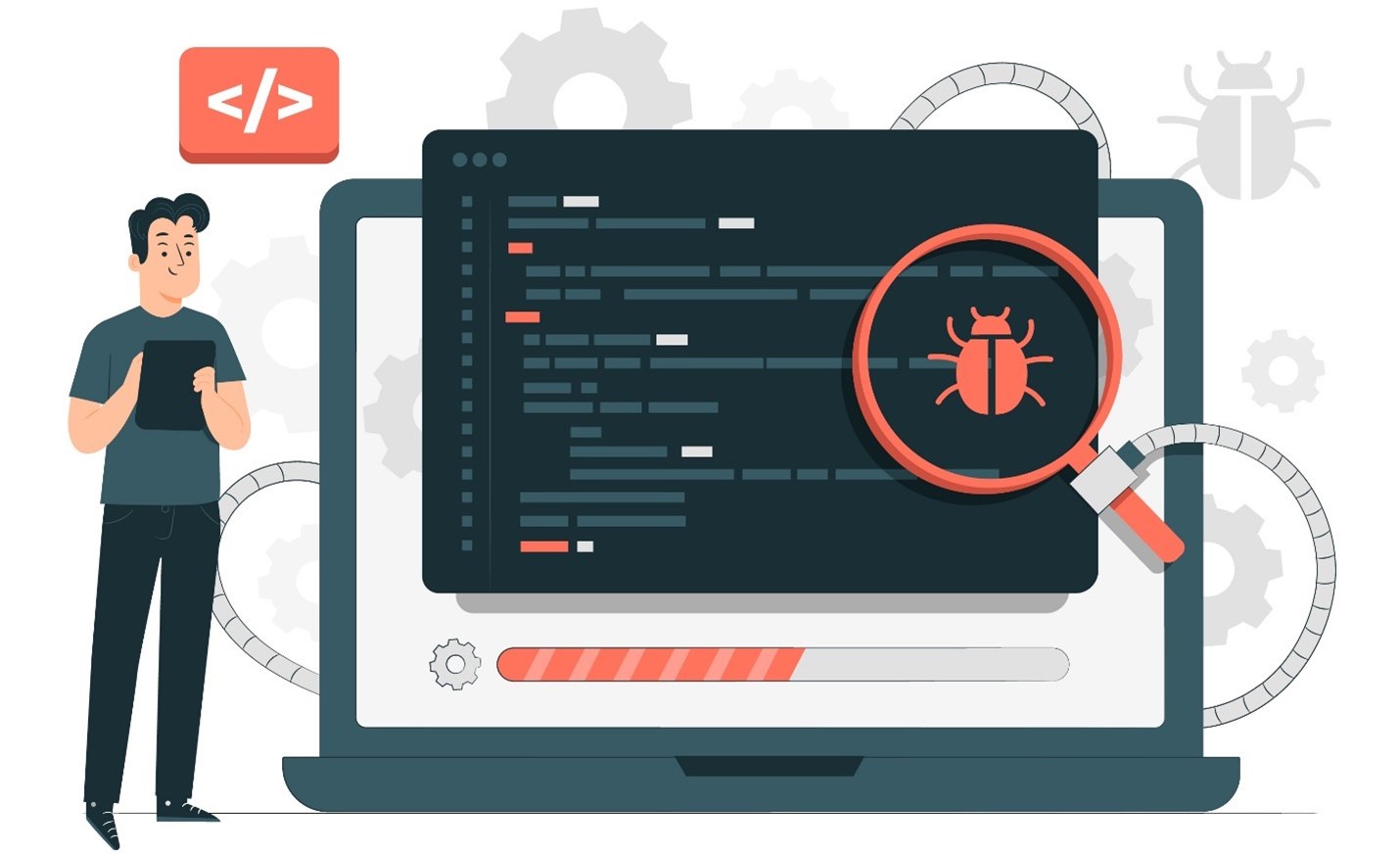There are 3.5 billion smartphones in use every day, and that number projects to increase in the coming years.[1]
Mobile app development is a field that moves at breakneck speeds, and it would put you at a massive advantage to develop and release products faster than your competitors.
52% of all global web traffic comes from mobile devices. And with 5G technology looming, it’s expected to grow five-fold by the end of 2024.[1]
This article won’t examine the ideal programming languages best suited for app development. It will focus on the best frameworks and technologies that will allow you to develop cutting-edge apps for smartphones instead.
Flutter
Flutter is Google’s open-source technology that makes use of the Dart programming language to work its magic.
It’s not a library. It’s a complete SDK that uses a single code-base. With Flutter you can create state-of-the-art apps for Android and iOS systems. It also features a host of plugins, supported by Google.
With this framework, you can rapidly ship features and focus on native end-user experience instead. Lighting fast rendering is possible because of layered architecture and incredible customization.
The Hot Reload function allows rapid bug fixing, UI changes and adds features without significantly slowing the development speed.
If you’ve ever used Alibaba, Google Pay or any other digital coupon, then you know what Flutter is capable of.
React Native
React Native is a powerful Javascript framework that allows you to build native apps for iOS and Android systems.
It is based on a Javascript library that Facebook infamously used. It renders using its own standard-rendering API to stand out from other similar applications, such as Cordova or Ionic.
This powerful tech translates your markup to native UI elements, maintaining high performance without sacrificing capability or speed.
This framework allows you to build apps that cannot be distinguished from apps built using Objective C, Java, or Swift.
Ionic
Ionic is a complete open-source SDK mobile app framework that combines HTML, CSS3 and Javascript to build native apps and UI functionalities with ease.
It uses the HTML5 language and is one of the easiest, and quickest ways for web developers to up-scale and nurture their cross-platform mobile app.
The bulk of Ionic is built with standard web technology and allows for the building of deployment by wrapping the build tool around Cordova or Capacitor and comes equipped with a powerful ionic command tool to finish its job.
Xamarin
Xamarin is a sleek tool created to build apps across all mobile platforms.
It is natively compiled, making it ideal for building high-performance apps with the much sought after native look and feel.
By using C# and the .Net framework, it doesn’t need to switch between development environments to get the job done.
Xamarin makes use of an incredible repository of plugins and APIs, with a community of 1.4 million developers all across the globe to help and develop Xamarin further.
NativeScript
NativeScript is a nifty open-source framework that thrives on building apps for Android and iOS systems. It creates apps using Javascript, or any programming language that makes do with Javascript such as TypeScript.
NativeScript supports Angular and Vue frameworks to run its magic.
It allows developers to re-purpose valuable third party libraries with Maven, npm.js and CocoaPods without the use of wrappers.
It makes use of native API endpoints and can be used to develop rich mobile apps in a diverse number of cases.
Fargo
This popular cross-platform development framework is designed to create mobile games and apps. Formerly known as the V Play Engine, it uses Qt as its core framework, allowing fluid mobile game development.
It lets you create flexible and powerful apps compiled natively from a single code-base. It shares up to 90% of all codes with true cross-platform features and components.
With UI components that work straight out of the box, you can add leading third party services in just minutes, without all the hassles of dealing with native framework integrations.
Mobile Angular UI
Mobile Angular UI is one of the best open-source mobile frameworks out there that combines the best features of Angular JS & Bootstrap 3 syntax.
This includes the missing components from Bootstrap. It allows quick and easy learning, making it simple for developers to understand the framework and jump into its depth.
The Mobile Angular UI allows businesses to build HTML5 hybrid mobile & desktop apps with less effort than their competitors, and at faster boot speeds.
Sencha Ext JS
We can use this little Javascript framework for developing data-intensive applications for the web and mobiles.
It’s a cross-platform mobile development framework that has over 140 pre-integrated, high-performing UI components.
The framework has hundreds of user-created extensions with powerful analytics and a state-of-the-art data-driven documents package for all its developers.
This comprehensive Javascript framework comes with UI components like grids, trees, lists, forms, menus, toolbars, panels, windows, and much more.
 Smartphones have irreversibly changed the way we do business and brought the collective knowledge of humankind at the touch of your fingertips.
Smartphones have irreversibly changed the way we do business and brought the collective knowledge of humankind at the touch of your fingertips.
Every company should take advantage of these tools to seize hold of the marketplace by creating mobile apps faster than their competitors.








